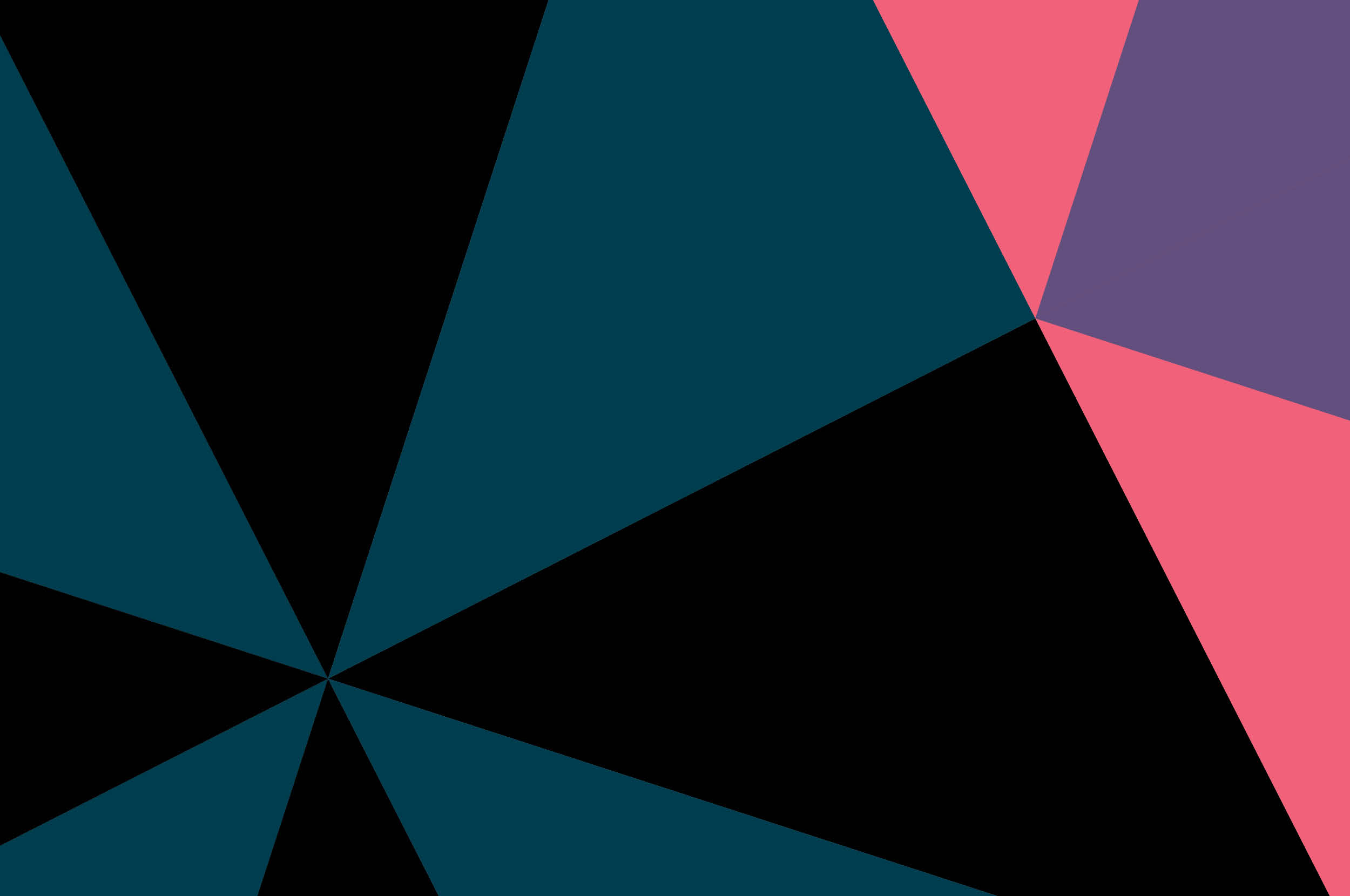In the first article, we discussed different perceptions of 'beauty' and 'ugliness' across cultures and ethnicities. This article will focus on China.
The changing perception of ‘beauty’ and ‘ugliness’ among Chinese consumers
In 1995, Chengjian Zhou opened the first Metersbonwe shop on Wenzhou's Wuma Street in China. From 1995 to 2003, Metersbonwe shops were located in various large, medium and small cities and reached their peak in 2012, with a total of 5,220 shops. At that time, Adidas and Nike weren’t established in small towns. Clothes with the label "Metersbonwe" were sought-after by many urban millennials. However, this once nationally renowned garment industry leader has been forgotten by the times. Recently, the announcement of the sale of Shanghai Mode Co., Ltd, a subsidiary of Metersbonwe Fashion & Accessories Co., Ltd, hit the news. In the span of two years, Metersbonwe has deteriorated sharply, from a net profit loss of RMB 706 million in 2020 to the closure of their fifteen year old Metersbonwe flagship store in Shanghai in February 2022. As a result, they've had to sell a large number of assets.


Today, the younger generation of consumers has been changing their understanding of fashion and their concept of consumption. The focus has shifted from branding to product attributes and value for money, with "I like" individual consumption meeting their unique persona. Twenty years ago, it was common for young Chinese people to think that fluffy hair roots, thick fringes, tight trousers and bright colors were 'beautiful'. Now, this would be considered 'ugly' and 'uncool' by most of today's youth. High-heeled sandals with socks, which originated in Europe and America, were unacceptable when they first appeared in China. Who would have thought that they would become the darling of today's hip young people?
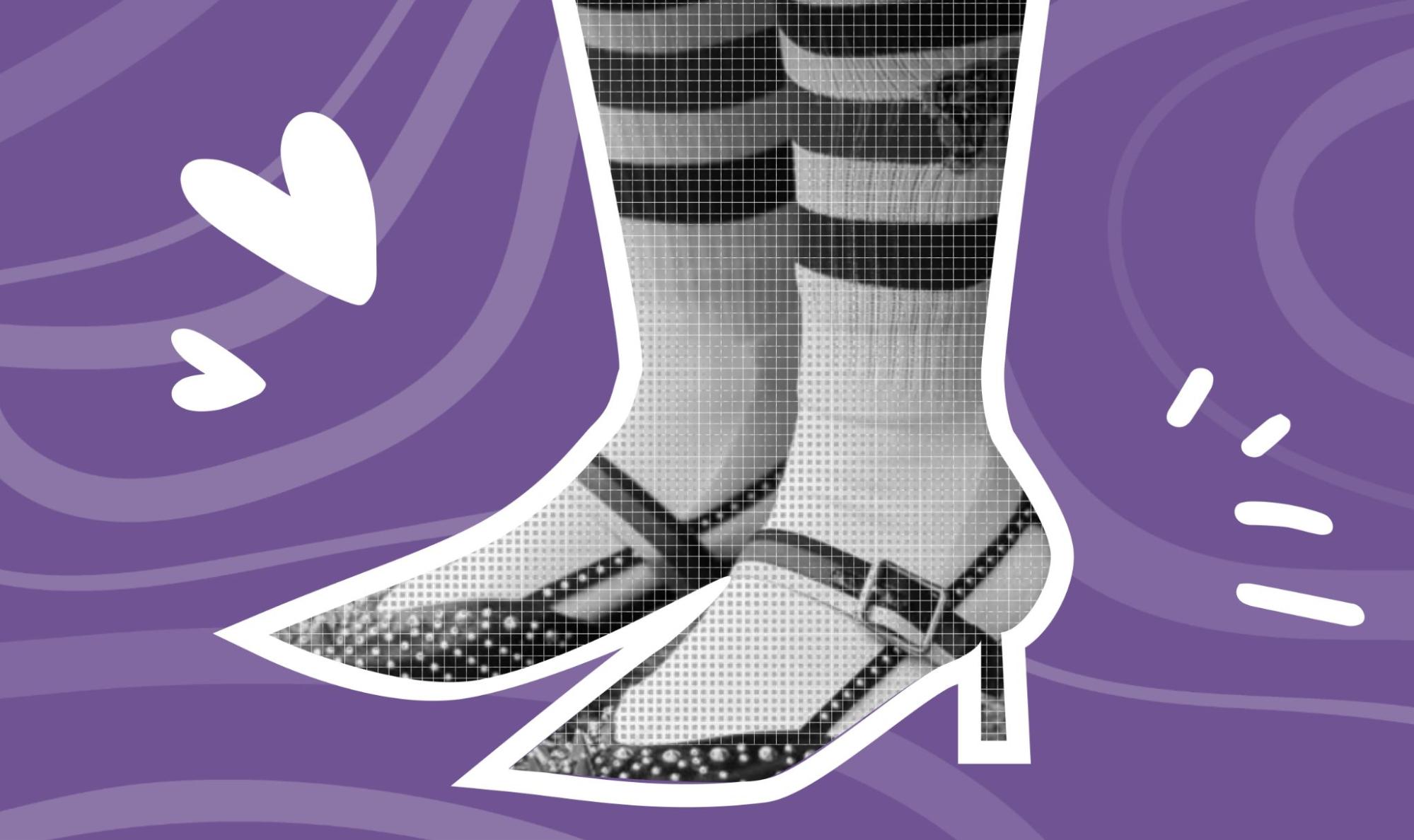

In China and globally, fast fashion now needs to match experiential consumption (whereas people purchase products based on how they make them feel). Ultimately, the brands that will win the market can genuinely sense consumers’ changing aesthetics. This also means that brands not only need to meet customers' needs but should also take on the role of helping customers discover and create their needs. Of course, the product's characteristics, innovative power, distinctive label and high-cost performance are even more essential factors.
A big part of the reason why the younger generation has marginalized fast fashion brands such as Jeanswest and Metersbonwe in China is their inability to accurately capture the changes in consumer perception and demand for 'beauty' and 'ugliness'. They remained in the same place and were eventually eliminated by the times.
New opportunities: new thinking and new opportunities in China's future retail industry
Art Retail
From Corso Como in Milan, Italy to K11 Art Mall in Shanghai, more and more young people prefer to visit shopping spaces that are full of art, imagination and creativity, because these retail spaces can not only meet their needs to explore new ideas and trends, but also reveal their aesthetic taste and identity. In the future when art and retail will be integrated, aesthetics will be brands’ greatest competitive advantage.
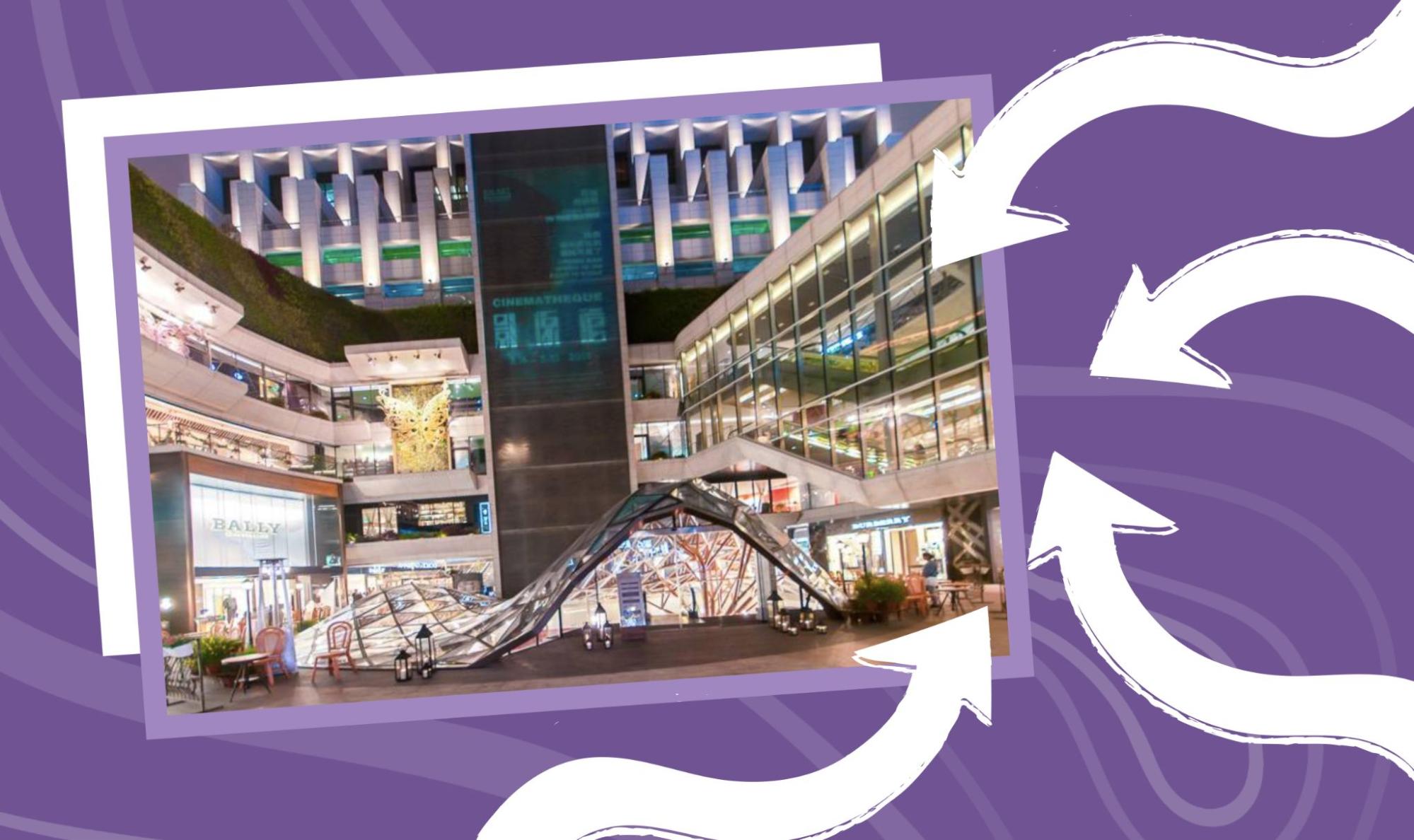

“Ugly” Marketing
The design of the Chinese beverage Coconut Milk has been labeled "ugly" for a very long time, which is a mystery in Chinese design. But while you may think that Coconut Milk has no design at all, it has actually been seen as the representative of the "New Ugly" style, which piles up materials with distinctive features in an unconventional way to form a unique aesthetic style. Whether it’s the poster or the packaging, Coconut Milk gives consumers an unexpected visual impact through a simple, brutal and direct aesthetic style: the bright colors allow consumers to notice it at a glance in supermarkets; the logic of typography design delivers the key message of "freshly squeezed, no additives, no flavoring" in all aspects, making sure that each slogan is accessible and directly hits consumers' needs. This "ugly" marketing encourages customers to get rid of the strict pursuit of regularity, coordination and beauty, eliminates the opposition between beauty and ugliness, and allows consumers to fully express themselves.
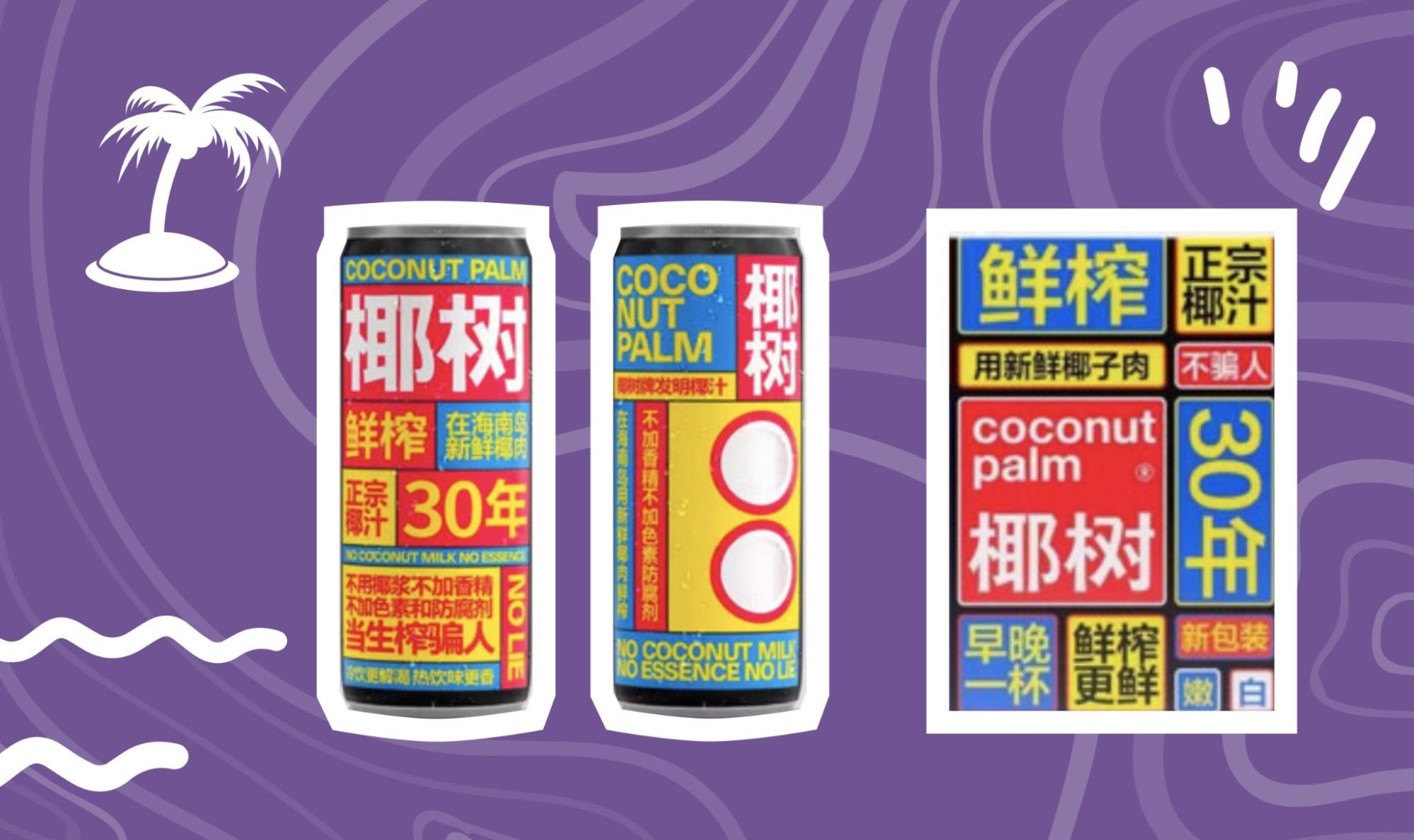

Aesthetic "defamiliarization"
"Defamiliarization" is a well-known literary theory initially developed by the Russian formalist critic Shklovsky. The basic principle of "defamiliarization" is the opposition and conflict of apparently unrelated but internally connected elements. It creates the appearance of "defamiliarization" and gives the impression of sensory stimulation or emotional shock. In today's consumer market, consumers are 'new' to and 'curious' about external stimuli, and predictable situations (no novelty, no surprise, no challenge) rarely generate or sustain people’s interest.
Aesthetic "defamiliarization" has been widely used in modern advertising and product marketing. For example, more and more brands and businesses have been employing "defamiliarization" models such as "plus-size", "elderly", "chubby", and "on the shorter side" in the China retail market. In this way, consumers can change their perspective and view the advertised products from an unusual angle, dramatically expanding the advertisements’ expressiveness and power of persuasion. It also helps relieve consumers’ visual fatigue. We see too many thin, tall, standardized mannequins in clothing shops, and online shopping platforms are full of slim, good-looking men and women displaying beautiful clothes. However, it often does not look as good on us as we would like.
The emergence of "plus-size" models is a novelty for consumers. The "flesh on the arms", the slight belly around the waist and the heavy legs have changed the image of the model from the "otherworldly" to an actual shopping reference for ordinary people.
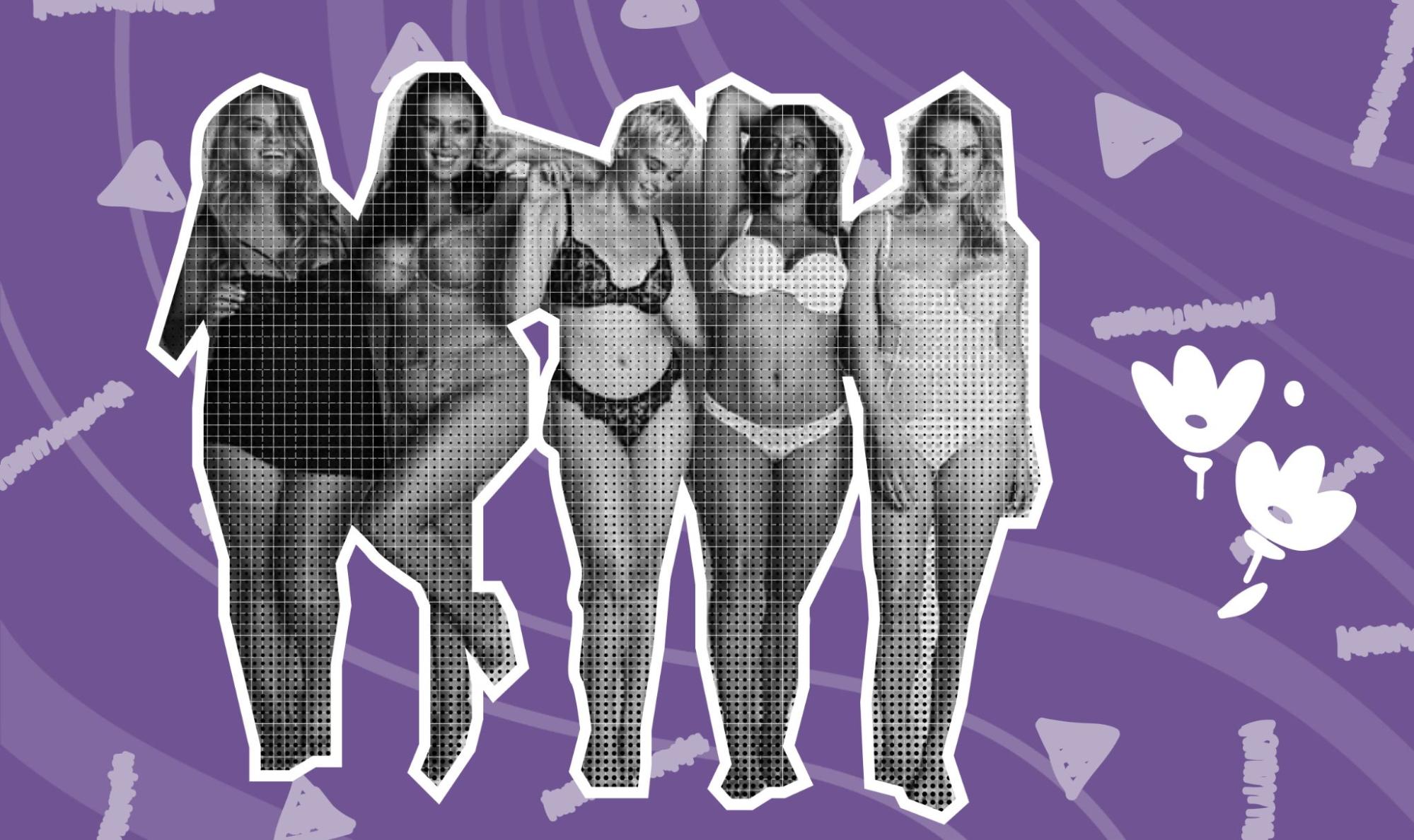

Beauty has been defined and solidified as "white, thin and young." This set aesthetic image has become the aesthetic standard for celebrities, netizens, TV, advertisements and other social media channels. Furthermore, the weight loss, skin care, and make-up industries continue to develop and reinforce this perception. This morbid aesthetic should change, and there should probably be more "plus-size" models. In aesthetics, the essence of 'defamiliarization' is to step out of the box of known experiences and seek out the new. The novelty arouses the consumer's interest, the ability to discover new levels of the essential power of the self in a new perspective, in a new dimension, and then to maintain it, and "defamiliarization" is the tool that turns familiarity into novelty.
Concluding Thoughts
Both "beauty" and "ugliness" are valuable. In the future retail world, rather than eliminating and criticizing what we perceive as "ugly," we should free our minds from these mental restraints, challenge and explore the blind spots of human cognition, develop multidimensional, multivariable standards for judging beauty and ugliness, listen to our own subjective feelings, and think about the profound meaning of "beauty" and "ugliness” and their impact.
Disclaimer: The statements and opinions expressed in this article are those of the author(s) and do not necessarily reflect the positions of Thoughtworks.
















